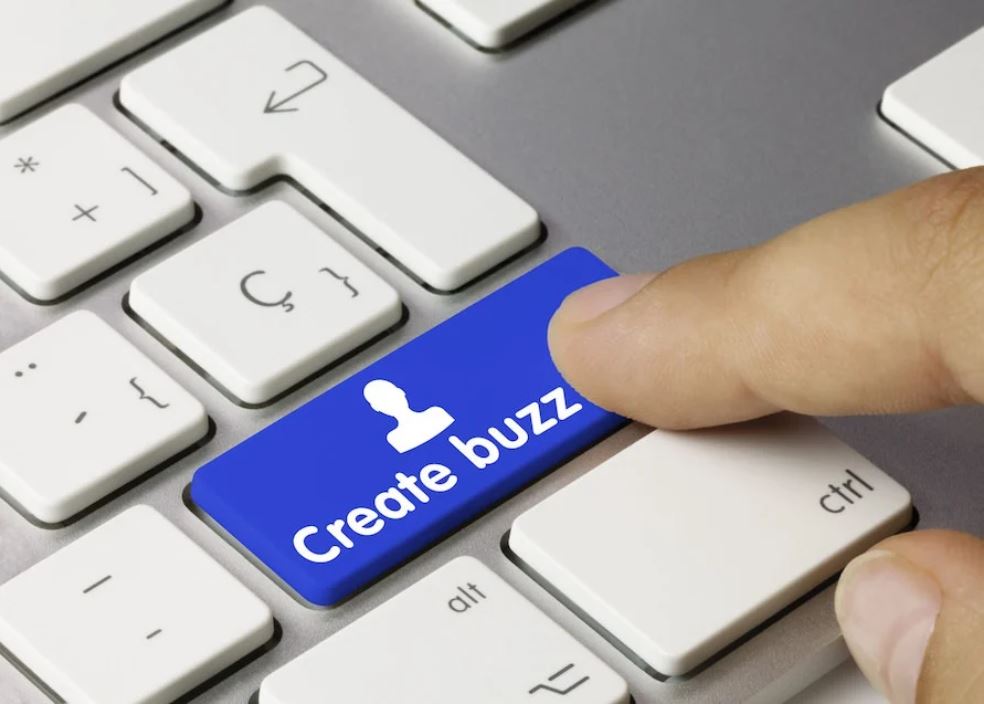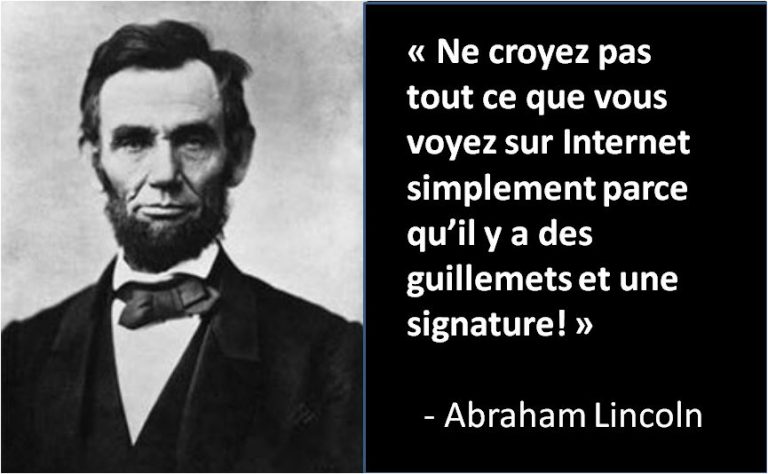Fake news for dummies
Tutorial : Creating fake news for dummies
Do you find the truth too boring? Do you think a well-crafted lie is better than a verified fact? Congratulations — you’re ready to join the big family of those flooding the web with fake news! No talent required, just a bit of cynicism and a decent internet connection. Here’s a guide (ironic, of course) to help you poison public opinion like a pro.

Choose a catchy title
The goal of fake news is to be shared widely so that it reaches as many people as possible. It must provoke engagement and a strong emotional reaction: outrage, fear, hope, anger… it doesn’t matter what. The goal is virality. As we say, “A bad buzz is still a buzz”. The more fake news is repeated, even in slightly different versions, the more credible it ends up seeming. The simple fact of hearing it often makes information seem more “true” to us.
If it sparks debate, even better. This allows for multiple channels of dissemination: those who are outraged, skeptical, or convinced become ambassadors for the same lie. This is referred to as misinformation, when a person relays false information without knowing that it is false. On the other hand, if the goal is clearly to manipulate public opinion (for political, ideological, or financial reasons), we enter the realm of disinformation. This can be artificially amplified by bots (fake automated accounts) that ensure its constant dissemination. And yes: outrage is very easy to share, even when it’s completely bogus.

Effective fake news: mix partial truths with major oversimplifications
The first golden rule of good fake news is that it must be credible. And what could be more credible than a little bit of truth? Use authentic data, but take it out of context, truncate it, or twist it.
A classic example is a manipulated photo. Take an image that illustrates your idea. Remove the caption, detach it from its original context, post it at the right moment… and you’re done. For example, a photo of a huge crowd can be used to inflate the scale of a demonstration, even if it dates from another event or even another country.
Add to that some good cherry picking: select only the data or excerpts that support your argument, deliberately ignoring everything else. This gives the illusion of rigor, when in fact the demonstration is completely biased. Bonus: the more technical it is, the less likely you are to be contradicted. There’s nothing like a truncated graph, a figure disconnected from its methodology, or an unsourced “according to a study” to bluff your audience.
❌ One small weakness of this technique: a simple reverse image search can sometimes expose the deception. But don’t worry, few people take the time to do so.

Authority bias: your best ally
Don’t forget to invoke the authority bias: attribute your fake news to an influential figure or a self-proclaimed “expert.” The more pompous the title, the more effective it will be. You can even invent a quote, associate it with a photo of someone in a suit, and circulate it as gospel truth.
TV shows are full of these “know-it-alls,” omnipresent commentators who speak on every subject with astonishing confidence. They wield pseudo-scientific jargon like no one else and cite “studies” without ever giving their sources. Sometimes, a white coat, a blurry graph, or cleverly obscure jargon is enough to give the illusion of truth.
Modern tools of post-truth
Recent technologies are your allies. Generative AI can create an image or text from scratch in a matter of seconds. Certain clues, such as anomalies in the hands or eyes of the subjects, can sometimes help identify them… but this requires a trained eye. And frankly, who zooms in on fingers?
Even more spectacular are deepfakes. By manipulating both image and sound, these tools can make anyone say anything in a seemingly authentic video. They are used in political manipulation, destabilization, and even extortion. Enough to give journalists around the world cold sweats.
A useful reminder
Deliberately creating or sharing fake news can have real consequences. In France, it can even be punishable by law if the media outlet in question has a significant audience (more than 5 million unique visitors per month) or if the campaign is sponsored for more than €100 excluding tax.
